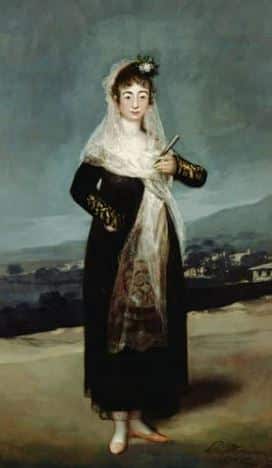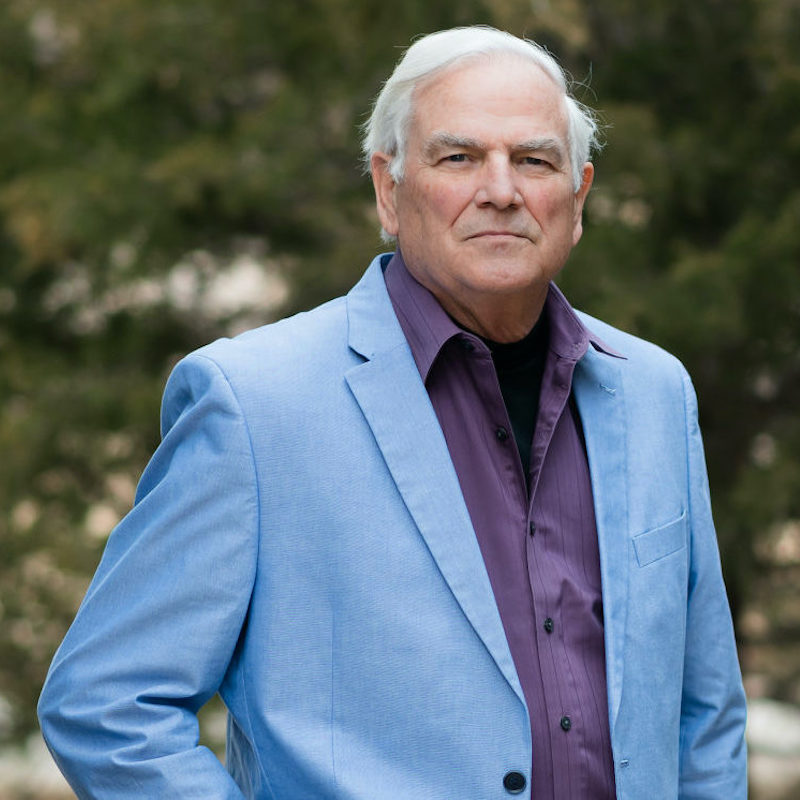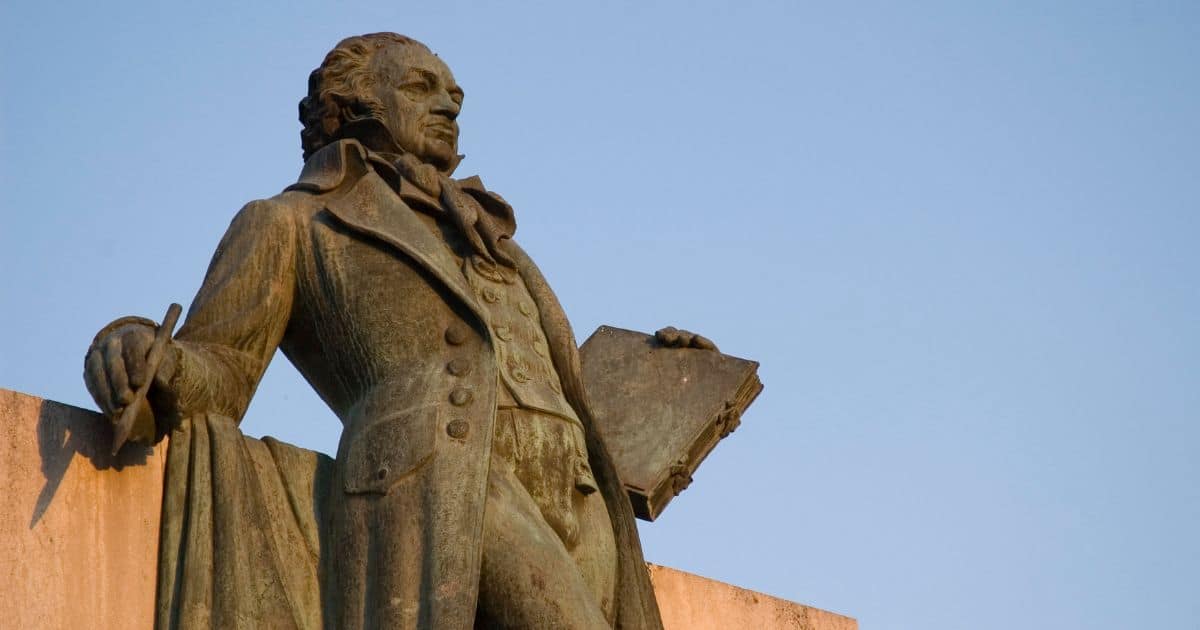Francisco de Goya y Lucientes, a name synonymous with 18th-century Spanish art, possessed a fascinating hearing health history that left an indelible mark on his life and work. Goya, celebrated as one of Spain’s most influential painters, draftsmen, and printmakers, held the prestigious title of “first painter to the king” during his lifetime.
He served three generations of Spanish royalty and earned the moniker “Father of the Modern Era” in the art world, bridging the Old Masters and the burgeoning era of modern Spanish art. Goya’s work delved into the realms of imagination, pushing the boundaries of tradition.
The Bright and Dark Periods of Goya
Goya’s artistic journey consisted of distinct periods, marked by both brilliance and darkness. Notably, at the age of 47, he suffered a significant loss of hearing due to illness. The specifics of his ailment remain a mystery, sparking curiosity about its nature, the extent of his hearing loss, and its impact on his artistic creations. Goya’s oeuvre reveals themes of loneliness, fear, and alienation, providing a window into his mental state during this trying period.
His physical and psychological breakdown led to reports of hearing voices, loss of balance, progressive deafness, and simultaneous tinnitus. Experts have postulated various disease processes, including Ménière’s disease and paranoid dementia, yet the exact cause remains elusive.
Goya’s Life and Early Career
Born on March 30, 1746, in Fuendetodos, Spain, Goya’s early life was far from the grandeur of the art world. He moved to Zaragoza, where he was apprenticed to local painter Jose Luzan at the age of 14. However, Goya was not without his share of youthful indiscretions, as he once led a local gang and even endured a knife wound.
His journey to becoming a celebrated artist was marked by multiple rejections from the Spanish Royal Academy, a pivotal turning point leading him to Italy. In Italy, he honed his craft and garnered recognition, but his reckless escapades led to a hasty departure from Rome after a confrontation with the Church.

Francisco de Goya
Portrait of the Marquesa de Santiago, 1804
Upon his return to Zaragoza in 1771, Goya painted frescoes for the local cathedral, which helped establish his artistic reputation. His marriage to Josefa Bayeu in 1773 opened doors to the Royal Tapestry Workshop, where he designed patterns for tapestries. This period shaped his artistic style, which transitioned from the rococo tradition to neoclassicism. In 1783, he painted the portrait of the Count of Floridablanca, earning the favor of the Spanish monarchy. Despite a severe illness in 1792 that left him permanently deaf, Goya continued to create bold, satirical works, including “The Caprichos,” a series of etchings satirizing human folly.
Goya’s Later Years and Legacy
During the Napoleonic invasion and the Spanish War of Independence from 1808 to 1814, Goya served as a court painter to the French. He depicted the horrors of war in his series “The Disasters of War.” However, the post-war period brought challenges, including scrutiny of his provocative work, such as “The Naked Maja.” Goya’s life took a darker turn in his later years, marked by self-imposed exile and the creation of enigmatic works known as the “Black Paintings.”
Goya’s life was a paradox, as he enjoyed success and accolades from the royal court, while his work often defied convention and authority. His legacy endures as a master of portraying the human condition, even in its rawest form. Goya’s art, which influenced later masters like Delacroix, Manet, and Picasso, continues to captivate audiences with its candor, ambiguity, and realism, even as it delves into the depths of political and religious critique.
Now that we know the man, a bit about his life, and his times…..next week we will explore the possible causes of his deafness and why we may never know the cause, even upon after his body was examined and transferred to Spain to their final resting place at the Church of San Antonio de la Florida in Madrid.
About the author

Robert M. Traynor, Ed.D., is a hearing industry consultant, trainer, professor, conference speaker, practice manager and author. He has decades of experience teaching courses and training clinicians within the field of audiology with specific emphasis in hearing and tinnitus rehabilitation. He serves as Adjunct Faculty in Audiology at the University of Florida, University of Northern Colorado, University of Colorado and The University of Arkansas for Medical Sciences.
**this piece has been updated for clarity. It originally published on November 20, 2012







